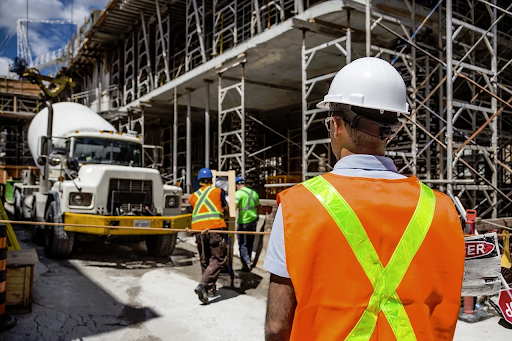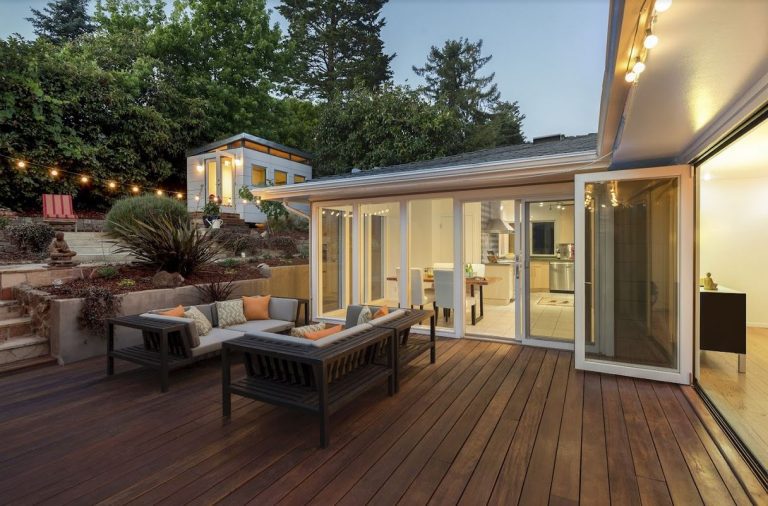If you have been thinking about purchasing a property abroad for a little while now, why not consider buying a plot of land and building your own instead? After all, constructing your own dream home will not only ensure it fits the exact size, design specifications and purpose you require – whether that be to let it out, set it up as a second holiday home or your permanent residence – but it could also increase your total profit when selling in the future. However, while this may all sound well and good in principle, without the right time, dedication and investment, it could wind up being a whole lot easier said than done. Therefore, before you rush into designing your dream home abroad, it’s important to consider a few things in advance. From your total budget to the legal rules and regulations you’ll need to abide by, join us as we run through the key questions to ask yourself in preparation, highlighting some of the biggest mistakes property investors tend to make when constructing property overseas. Is now the right time to buy? In light of the coronavirus pandemic, the housing market has become more and more difficult to predict. Some experts say it’s a buyer’s market, whereas others say it’s a seller’s, so it can be hard to know who is right. As with any real estate investment though, it’s imperative to do your research in advance. That way, you will give yourself the best chance of not only finding a good construction agency to carry out the work but you will also be able to identify the best countries – or areas of countries – to invest in. Panorama Properties’ Property Market Report 2021, for instance, highlights how frugal Marbella currently is for sellers, with house sales seen to have increased by 68% this year when compared to 2019. At the same time, however, the price of construction has also increased by 8.56% since April 2021, thus highlighting that Marbella may not currently be the best area to build a new property in. Do you have enough of a budget? Building a new property isn’t always as simple a process as it may appear and will often comprise a number of caveats and hurdles to overcome along the way. As such, it’s important not to throw all your eggs into one basket, investing every penny that you owe into creating your dream home. Instead, you need to plan ahead and ensure you have both the time and money available to complete the project. What’s more, you should also assume that it will cost more and take longer than you think it will as, most of the time, this will be the case. Do you know what type of property you are looking to construct? One of the hardest components to building your own home abroad is knowing exactly what you want to achieve. Just because you love the look and feel of your home in the UK, that won’t necessarily mean that you will have the same materials available to you when building abroad. Likewise, it’s important to consider the context of your build. If, for example, you are building by the coast, discuss with your architect in advance about how much toll the sun and sea are likely to take and which materials are best suited to the location. This advice, in turn, should help shape a lot of your decisions, making it easier for you to understand how much of an outlay to expect come the end of the build and bringing me onto an important point. It’s imperative to only ever work with an architect you can trust. While you may be able to save a fair bit working with a less well-known architectural firm, you could also run into many more expensive issues should anything go wrong later on down the line. When constructing a property abroad, understanding logistics is crucial—not just for materials but for moving your belongings. Partnering with leading international movers ensures that your possessions reach their new destination safely and efficiently, particularly if you decide to relocate. Research these companies thoroughly, similar to how you’d assess building contractors, to ensure they fit your specific needs. Do you trust your contractor? If you have decided to bite the bullet and self-build your own holiday home, take the time to research and investigate the track record of the contractor you are thinking of working with. Look at their reviews, previous work and scrutinise their architectural plans – from the window frames to the quality of screws – with a lot of detail. Your contract agreement is only worth as much as the person with whom you enter into it, so it’s imperative to only ever work with someone you can trust; something that is especially true if you are unable to oversee the work regularly yourself. Final thoughts… When done right, constructing property abroad can be an extremely astute investment decision, providing you with a home that – as seen in Marbella – could generate thousands over time. However, before you get going with it, it’s imperative to do your homework in advance. That way, you will give yourself the best possible chance of creating a property that is as beautifully designed as it is highly profitable.








